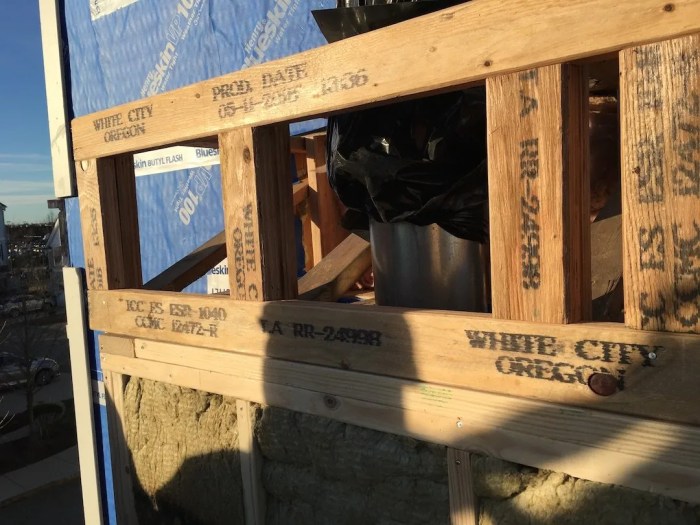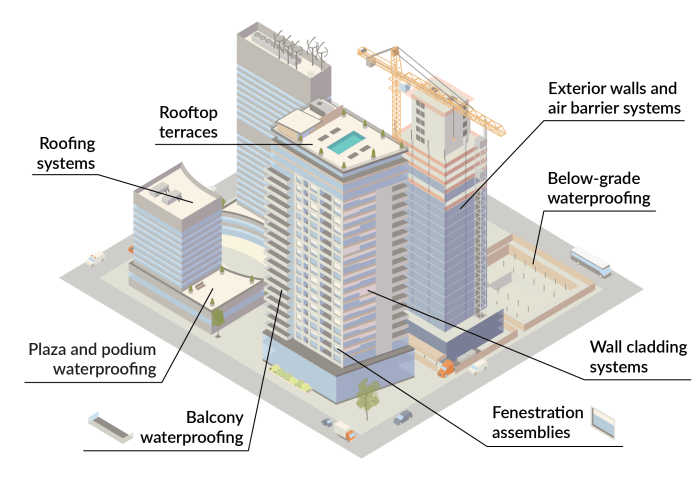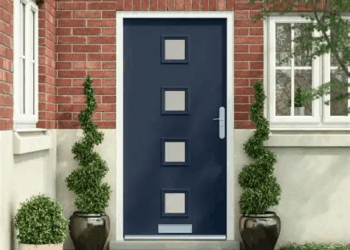
Exploring the realm of Building Envelope Failures: Case Studies from Architecture, this article delves into the intriguing world of structural mishaps and their impact on architectural design. Brace yourself for a journey through real-life examples and expert analysis that will leave you enlightened.
In the subsequent section, a detailed breakdown of the different types, causes, and consequences of building envelope failures will be presented, offering a comprehensive view of this critical aspect of architecture.
Introduction to Building Envelope Failures

A building envelope failure occurs when the exterior elements of a building, such as walls, roofs, windows, and doors, do not effectively prevent the intrusion of air, water, or other environmental elements into the interior spaces.
Building envelope failures are significant in architecture because they can lead to a range of issues, including water damage, mold growth, decreased energy efficiency, and compromised structural integrity. These failures can result in costly repairs, health hazards, and overall decreased building performance.
Common Issues Leading to Building Envelope Failures
- Poor installation of building materials
- Inadequate waterproofing or insulation
- Lack of proper maintenance
- Design flaws or errors
- Extreme weather conditions
Types of Building Envelope Failures
Building envelope failures can encompass various issues that impact the performance and integrity of a building. Understanding the different types of failures is crucial for maintaining a structurally sound and energy-efficient building.
Water Infiltration
Water infiltration is a common building envelope failure that occurs when water seeps into the building through cracks, gaps, or leaks in the exterior. This can lead to mold growth, rotting of structural elements, and deterioration of insulation materials. One case study illustrating water infiltration is a commercial office building where leaking windows caused extensive damage to the interior walls and flooring.
Air Leakage
Air leakage in the building envelope can result in energy loss, decreased indoor air quality, and compromised thermal comfort. Openings or gaps in the envelope allow uncontrolled airflow, reducing the effectiveness of HVAC systems and increasing utility costs. An example of air leakage failure is a residential building where poorly sealed doors and windows led to significant drafts and temperature inconsistencies throughout the interior spaces.
Thermal Bridging
Thermal bridging occurs when there is a direct connection between the interior and exterior of a building through a material with high thermal conductivity. This can cause heat loss, cold spots, and condensation issues, impacting the overall energy efficiency of the building.
A case study highlighting thermal bridging failure is a high-rise condominium where metal framing components created thermal bridges, resulting in increased heating and cooling demands.
Causes of Building Envelope Failures
Building envelope failures can be attributed to various factors that include poor design, material selection, and construction errors. Understanding these causes is crucial in preventing costly and damaging issues in buildings.
Poor Design
When the building envelope is poorly designed, it can lead to failures such as water infiltration, air leakage, and thermal bridging. Inadequate consideration of factors like climate, building orientation, and site conditions can result in compromised performance.
Material Selection
The choice of building materials plays a significant role in the performance of the envelope. Using substandard or incompatible materials can lead to deterioration, moisture problems, and reduced durability. For example, selecting materials with poor resistance to UV exposure can result in premature degradation.
Construction Errors
Errors during the construction phase, such as improper installation, inadequate detailing, and lack of quality control, can compromise the integrity of the building envelope. Poor workmanship can lead to gaps, cracks, and leaks that allow moisture infiltration and air leakage.
Comparing Causes and Preventive Measures
- Both poor design and material selection can result in water infiltration and reduced energy efficiency. Proper building envelope design and material compatibility testing can help mitigate these risks.
- Construction errors, if not addressed promptly, can lead to structural damage and mold growth. Implementing thorough quality control measures and regular inspections can prevent such issues.
Consequences of Building Envelope Failures
Building envelope failures can lead to a range of consequences that affect occupants, building owners, and the overall structural integrity of the building. These consequences can have serious implications on comfort, health, finances, and long-term sustainability.
Impact on Occupants’ Comfort and Health
Building envelope failures can result in air leaks, moisture intrusion, and temperature fluctuations, leading to discomfort for occupants. Poor indoor air quality due to mold growth and allergens can also arise, impacting the health of individuals within the building.
Financial Implications for Building Owners and Developers
The financial repercussions of building envelope failures can be significant. Repairing the damages caused by these failures can be costly, resulting in unexpected expenses for building owners and developers. Additionally, decreased energy efficiency due to compromised building envelopes can lead to higher utility bills, further impacting finances.
Long-Term Effects on Structural Integrity
Building envelope failures, if left unaddressed, can compromise the structural integrity of the building over time. Moisture intrusion can weaken the building materials, leading to rot, corrosion, and even structural collapse in severe cases. It is crucial to address building envelope failures promptly to prevent long-term damage to the building's structure.
Ending Remarks

As we conclude our exploration of Building Envelope Failures: Case Studies from Architecture, we reflect on the importance of maintaining structural integrity and the lessons learned from these case studies. The intricate dance between design, materials, and construction is highlighted, reminding us of the delicate balance required in architectural endeavors.
FAQ
What defines a building envelope failure?
A building envelope failure is when the protective barrier of a structure, meant to shield it from external elements, malfunctions or deteriorates, leading to issues like water leakage or air infiltration.
How do building envelope failures impact overall building performance?
Building envelope failures can compromise energy efficiency, indoor air quality, and structural integrity, ultimately affecting the comfort and health of occupants.
What are some preventive measures to avoid building envelope failures?
Proper design considerations, quality material selection, and meticulous construction practices are key preventive measures to mitigate building envelope failures.












